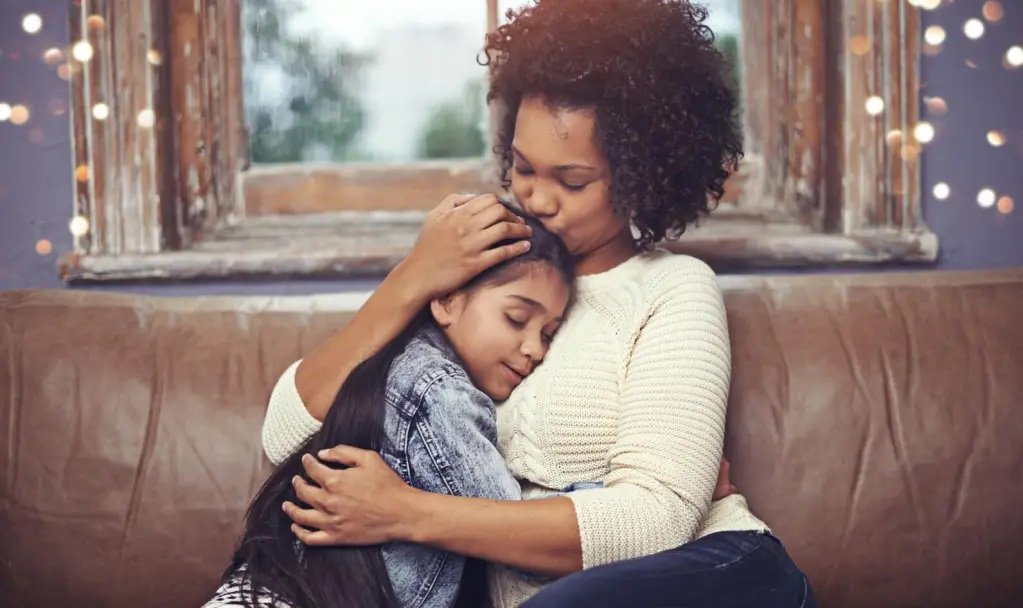Understanding and Helping Kids Regulate Their Emotions
By: Sirina Shepherd, LCSW
Do you remember being young, one minute you are happy-go-lucky and the next you are having a meltdown? Or maybe you have seen this in your child - things seem to be going well and then there is a massive emotional meltdown. It can cause a lot of frustration and confusion for parents and kids. Our job as parents is to help regulate emotions and support the growth of their own emotional regulation.
Emotional regulation is developmental, meaning we learn as we grow – each stage brings new tasks. It influences how we understand, manage, and express our emotions. As children grow, they are on a journey to gain the skills the need to handle the complex world of feelings. Remember, they don’t have perspective or life experience like we do as adults. We often try to bring this perspective in or minimize our children’s emotional responses because they can’t see the whole picture. Usually what happens is a bigger meltdown.
Imagine, your child wants a cookie before dinner. You say no, dinner first, dessert after. This kicks off a domino effect of emotions, they don’t know what is happening inside they only know the urges they have to act it out. We learn down to them and try to explain why they can’t have a cookie now, the emotions get bigger. We walk away from the meltdown, the child feels hurt. What would you do to help your child regulate emotions in this situation?
So how do we possibly help our kids navigate these emotional struggles and create an ability to regulate?
Understanding Emotional Regulation
Emotional regulation is our ability to recognize and manage our emotions without them taking over or shutting them down. It looks like having emotional balance, flexibility and adapting to new situations, and responding in a socially appropriate manner. Emotional regulation includes many different things, such as identifying emotions, understanding their causes, and having different ways to cope when emotions get too big.
Early Childhood (Ages 0-5) & CoRegulation
Regulation in early childhood comes from coregulation – the ability to be around an emotionally regulated adult. This means the child's primary caregivers and their immediate environment is the main supporting factor in managing, calming, and understanding big emotions.
Infants begin by expressing basic emotions such as joy, sadness, and anger through facial expressions and body language. As they develop, they learn to associate emotions with specific events or triggers. However, they often lack the vocabulary and understanding to verbalize their feelings adequately. So often, their only way of verbalizing is through crying and yelling.
Parents and caregivers play a pivotal role in modeling emotional regulation during this phase. By responding sensitively to their children’s emotions, providing comfort, and teaching simple coping strategies, they help young children develop a foundation for emotional regulation.
Middle Childhood (Ages 6-12) & Parents Help Regulate Emotions
Middle childhood is a time of significant growth in emotional regulation. Children become increasingly aware of their emotions, start to create a vocabulary around their feelings, and gain a deeper understanding of social and cultural expectations surrounding emotional expression. They can now notice when they are in different emotional states and apply more skills to regulate on their own.
In this stage it is best to support your child in managing their emotions, being a guide and a couch through the process. You can help your child label their feelings, teach problem-solving skills to help their bodies calm down, and start building a sense of internal resilience to the world around them. This does not include not feeling but instead trusting in themselves to handle the feelings that surface.
During this stage, children are especially prone to be hurt when their emotions are invalidated or told they don’t match what is happening in the situation. The child then learns that they can’t trust their emotional compass, and start to second guess themselves at every turn, making the emotions feel even more unmanageable.
Adolescence (Ages 13-18) & Child Slowly Learns to Regulate Emotions
Teens are often put down for being dramatic, overly emotional, and impulsive. What is most helpful here is remembering what it was like to be a teen. How hard it was to go through a breakup and see them the next day at school. To have a friend group shut you out and have to eat alone in the library.
We try so quickly to remind them that this relationship, these friends aren’t everything. But for them, for now, it is. In our teenage years, we will experience some of the most intense emotions of our life. Between hormone changes, brain development, and identity formation emotions can feel so overwhelming.
Teens need a wide variety of emotion regulation techniques, a big one is a parent or caregiver who is willing to let them feel. Not try to change their emotion or convince them that it gets better but support them in it.
As teenagers develop a stronger sense of self-awareness, they can also begin to self-reflect on their emotional experiences and evaluate the effectiveness of their regulation strategies. Regulation slowly moves from external to internal.
By understanding and nurturing emotional regulation skills in children, you can provide a solid foundation for their emotional well-being. Through modeling, support, therapy, and guidance, we can equip children with the tools they need to navigate their feelings and live full lives. Emotional regulation is not about suppressing emotions but rather about embracing them and learning to manage them in healthy and constructive ways.


